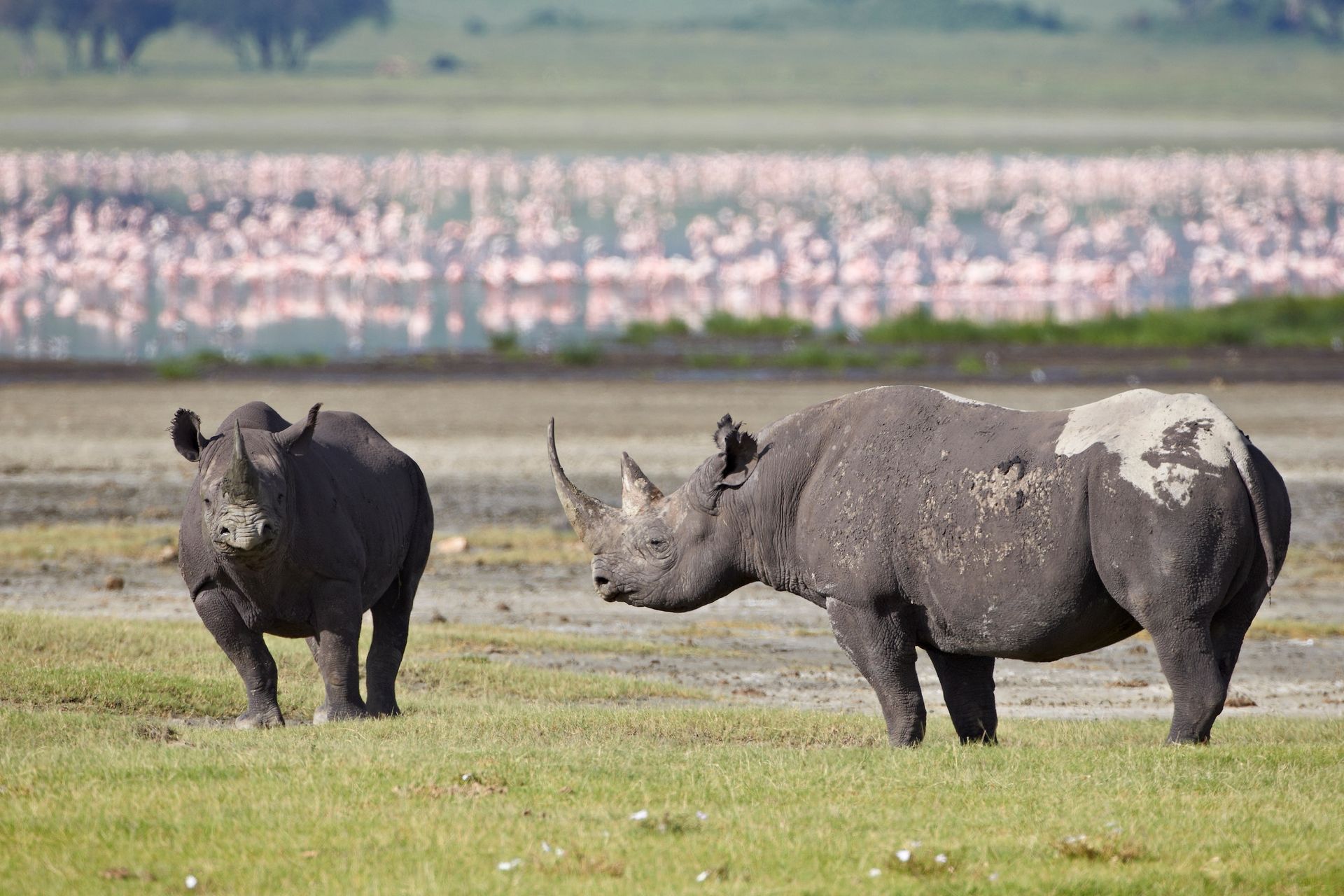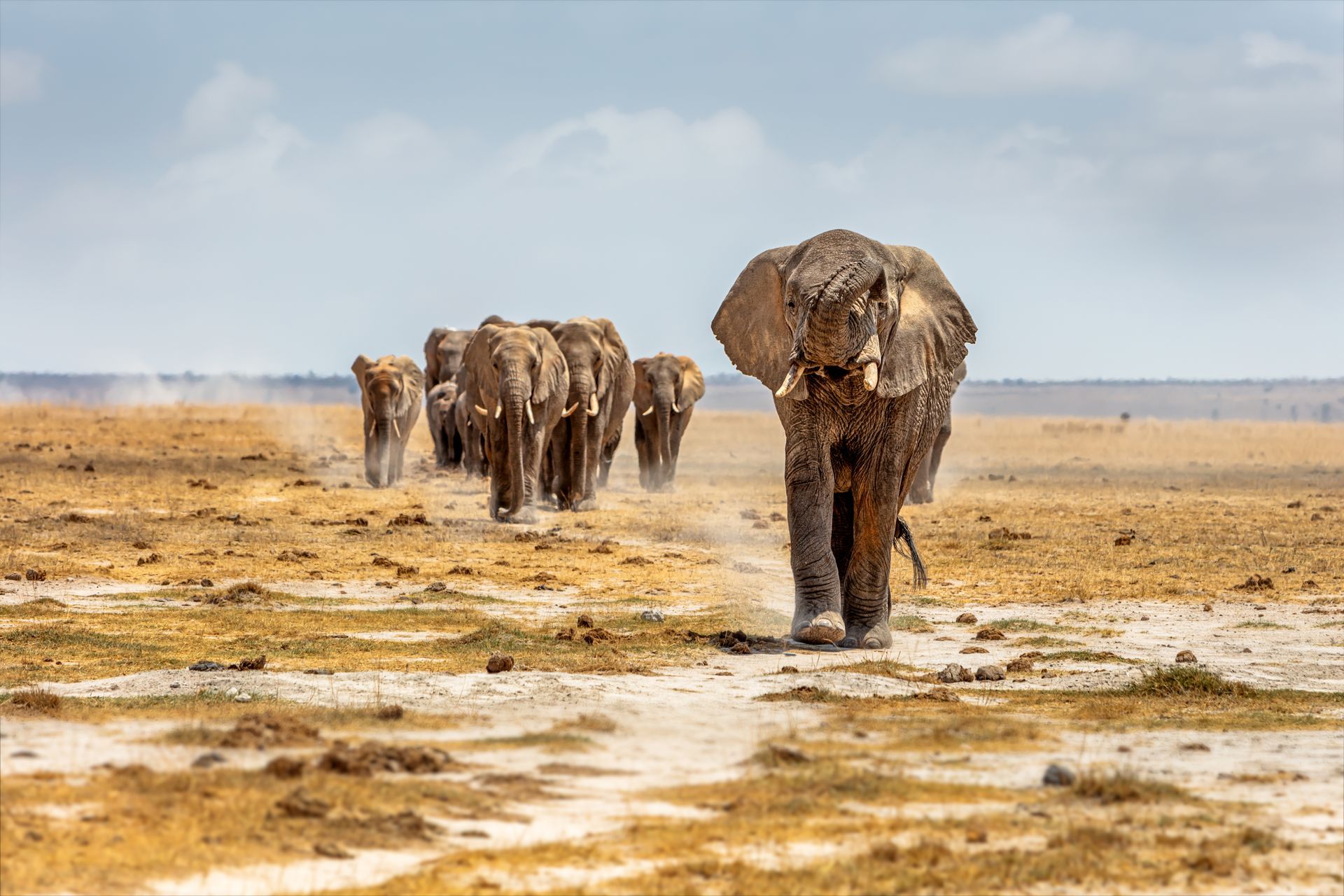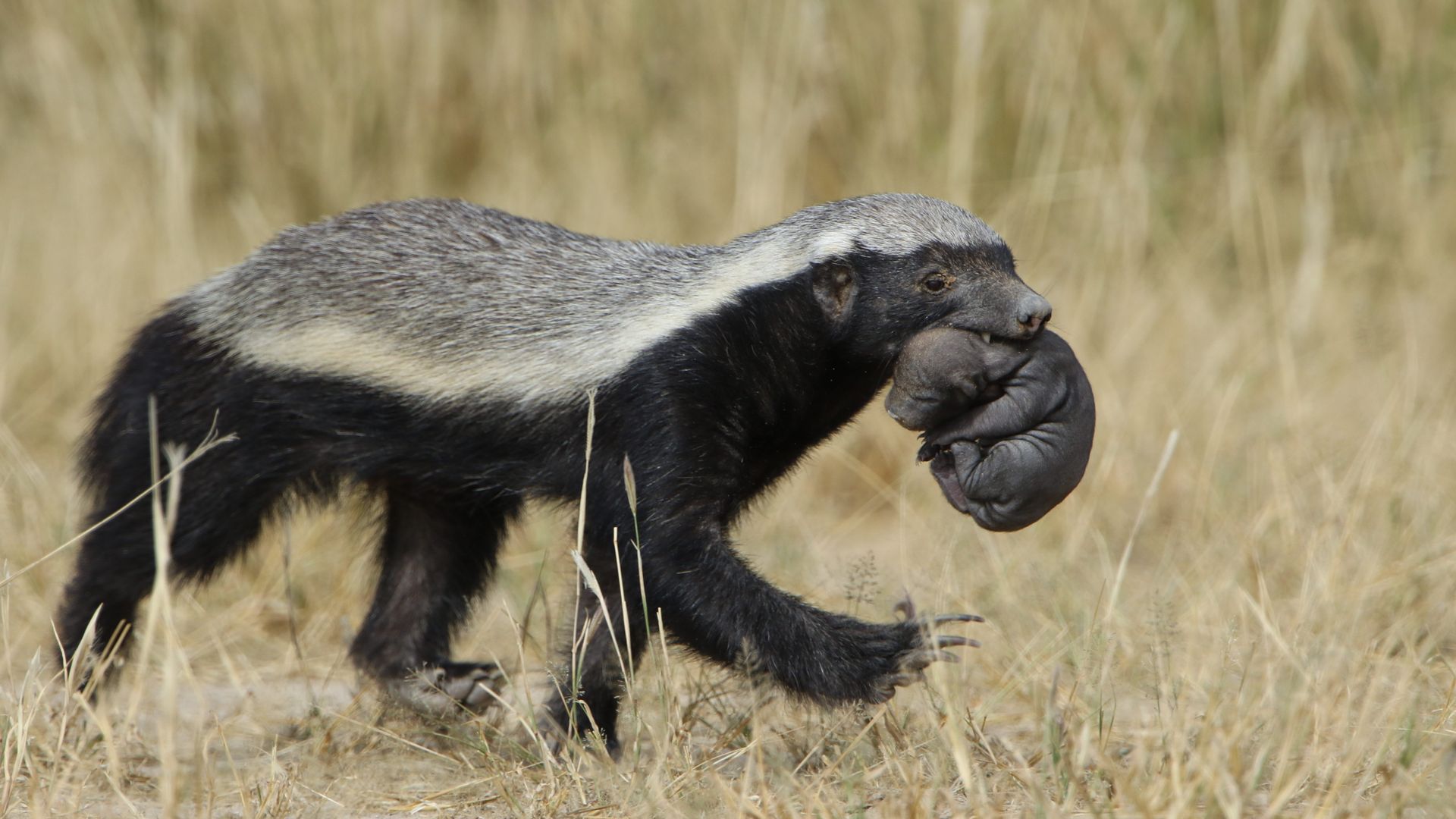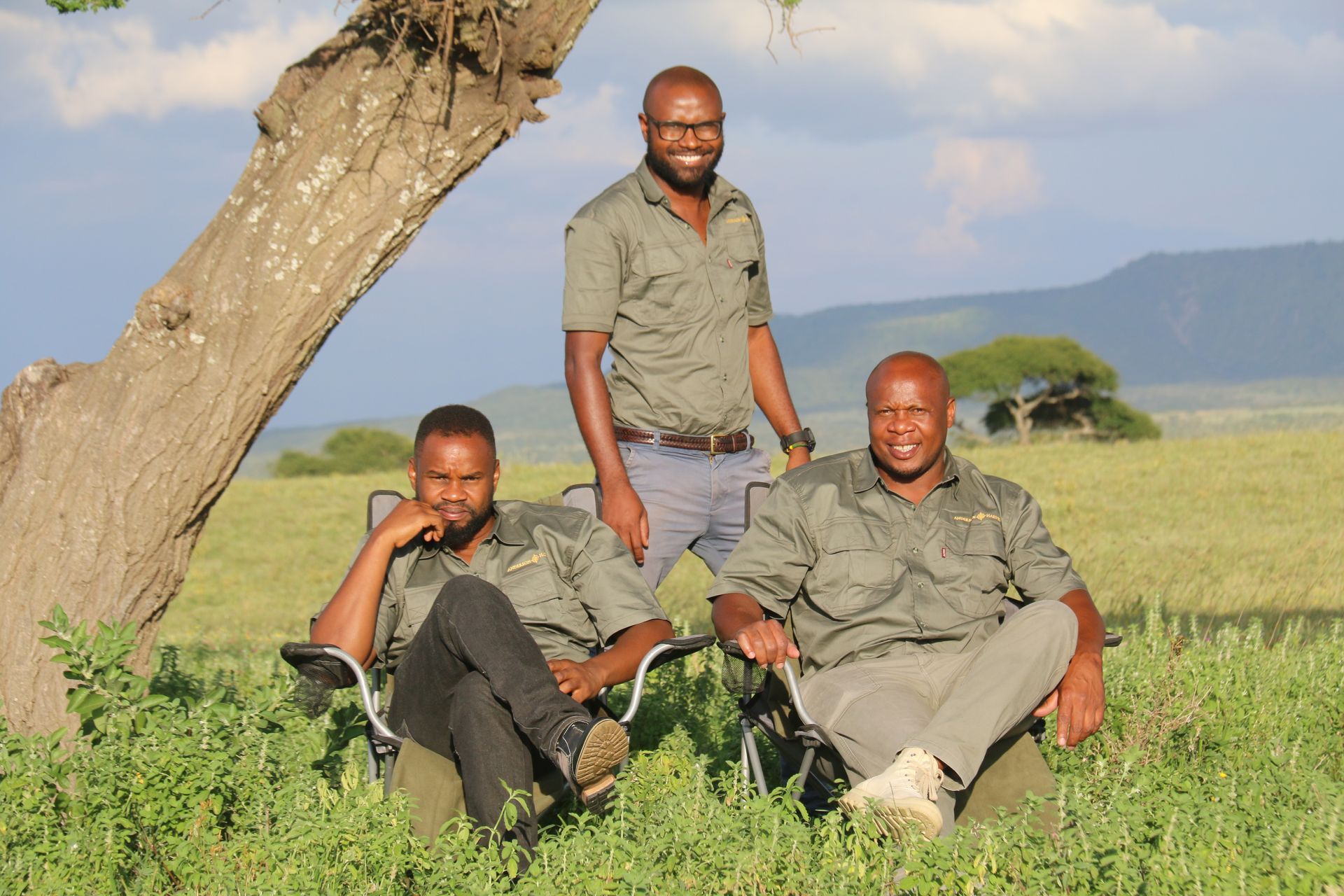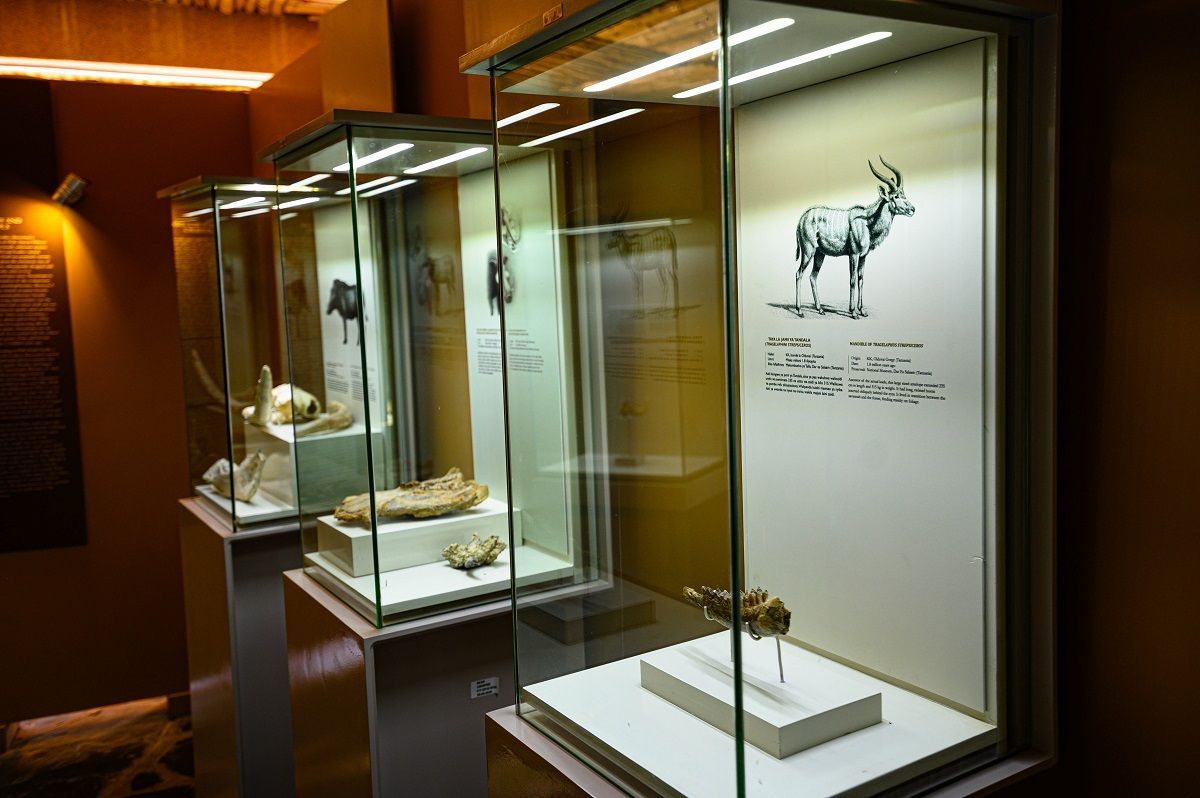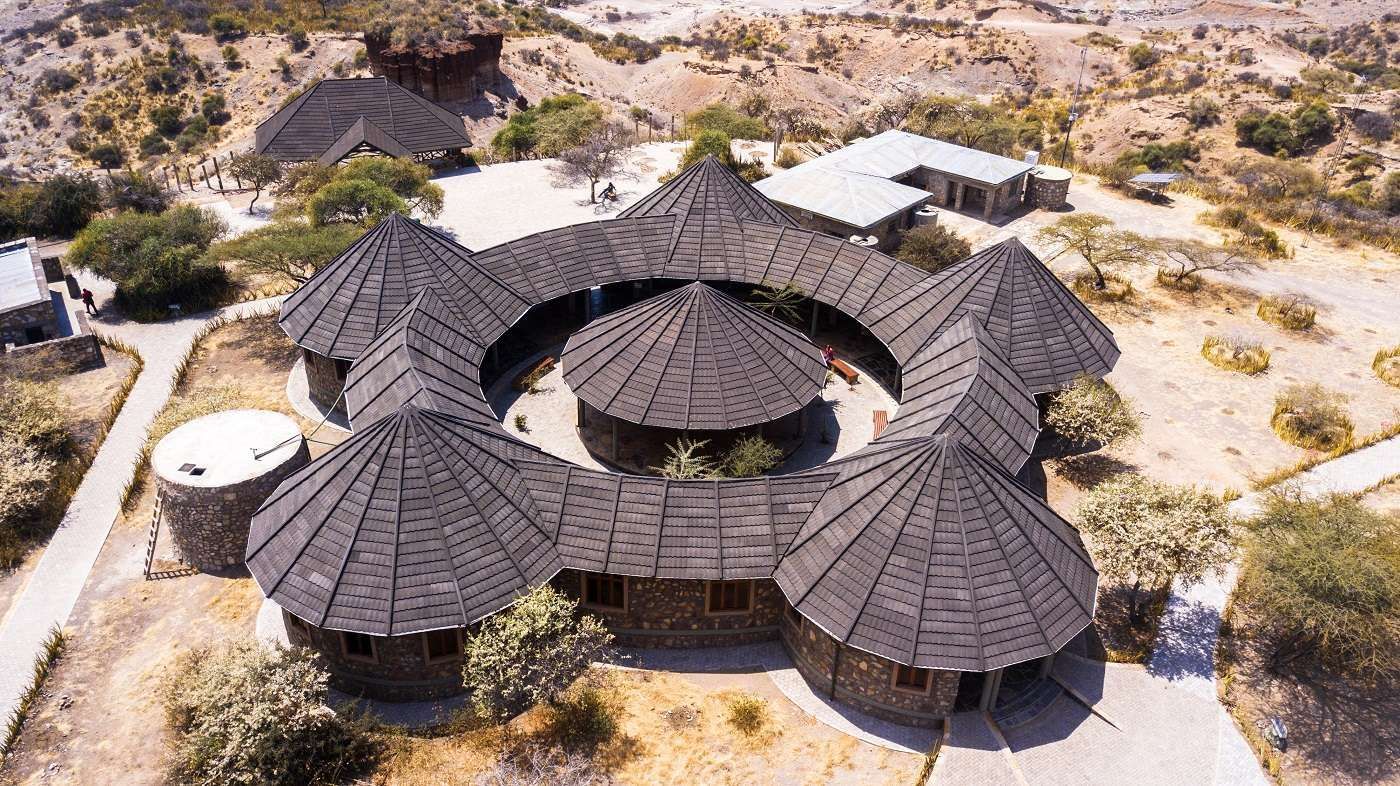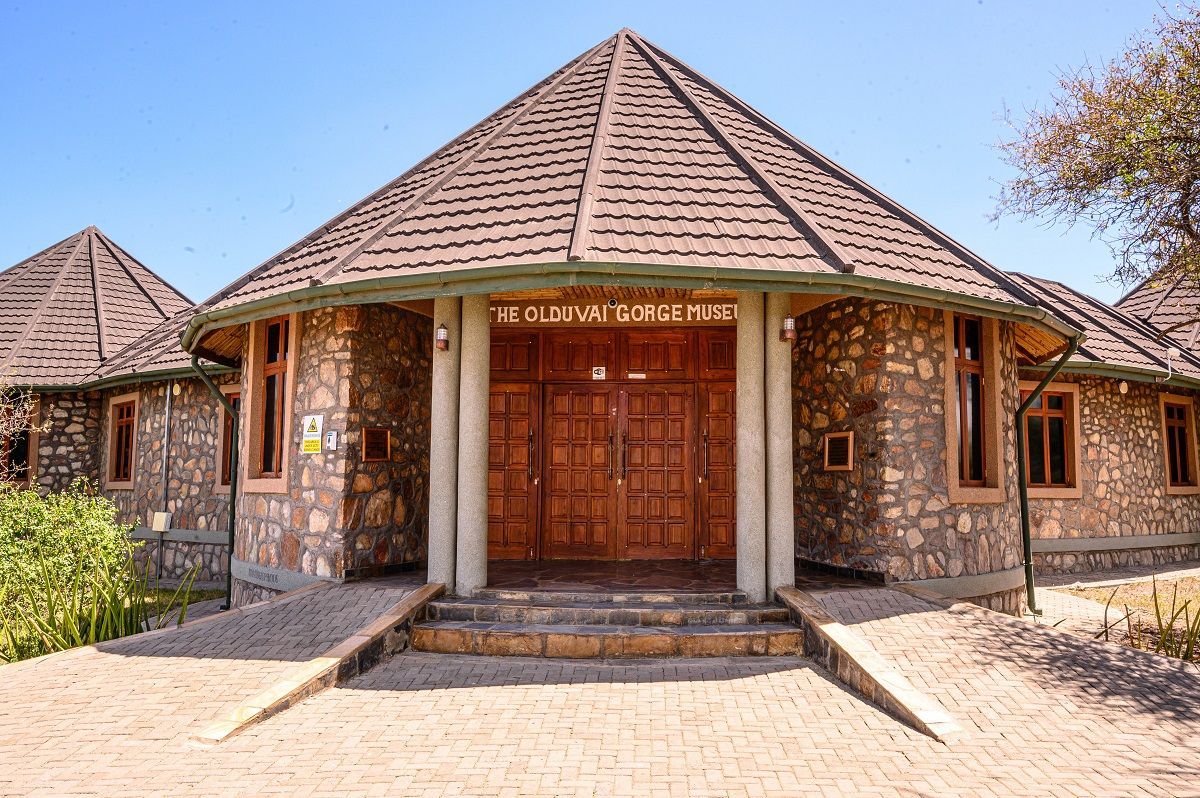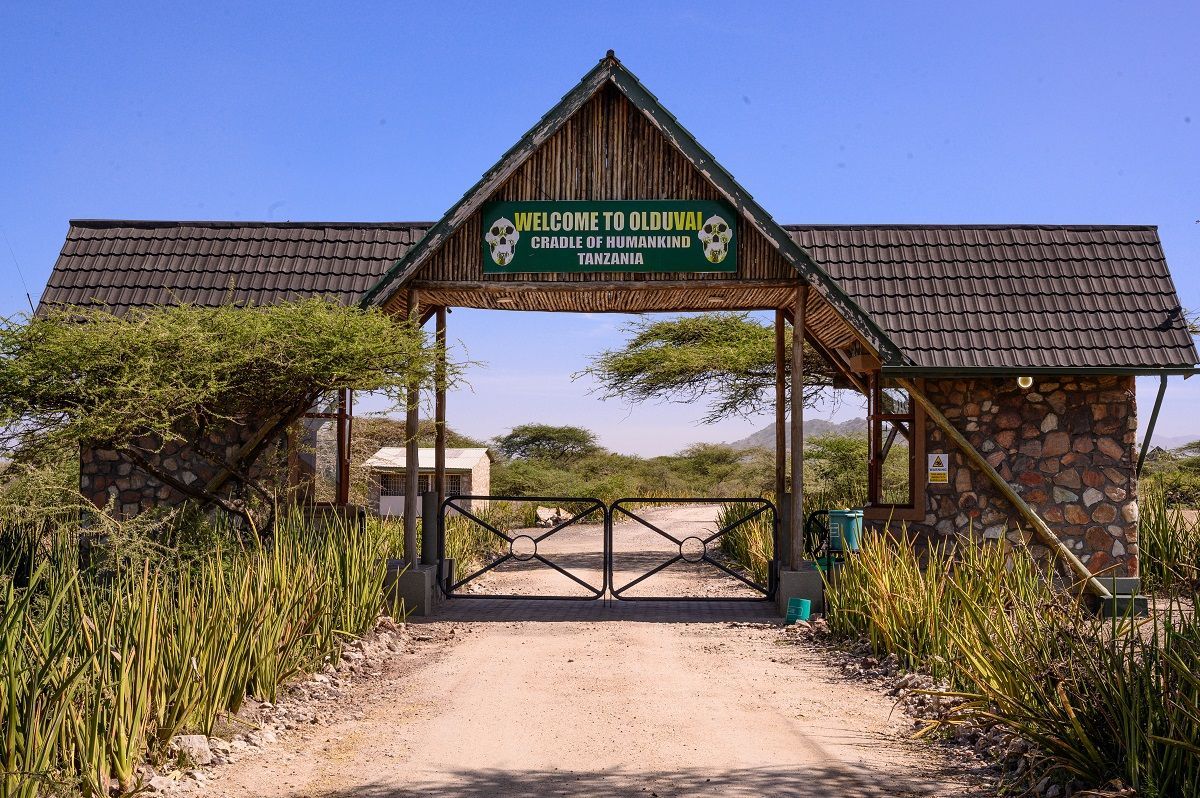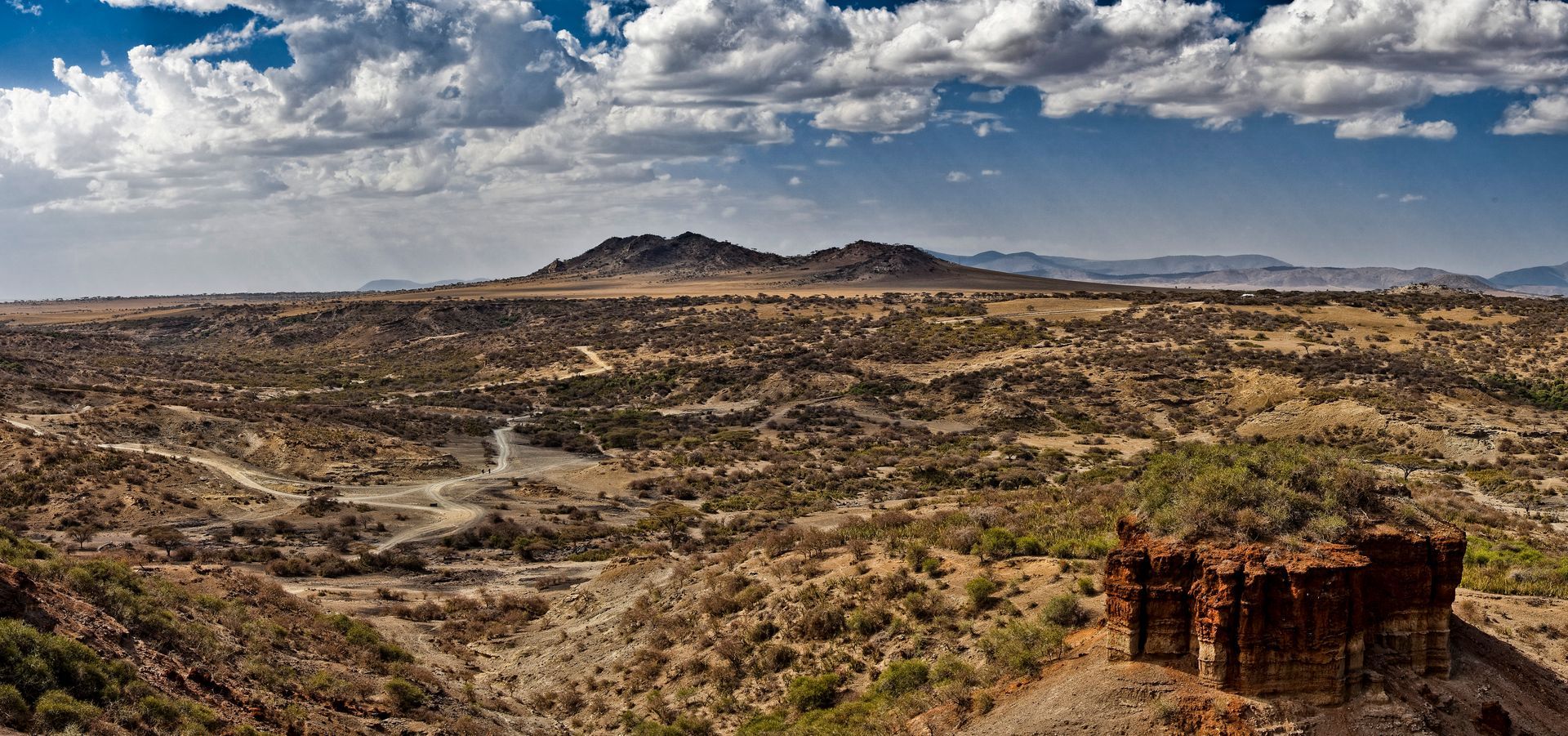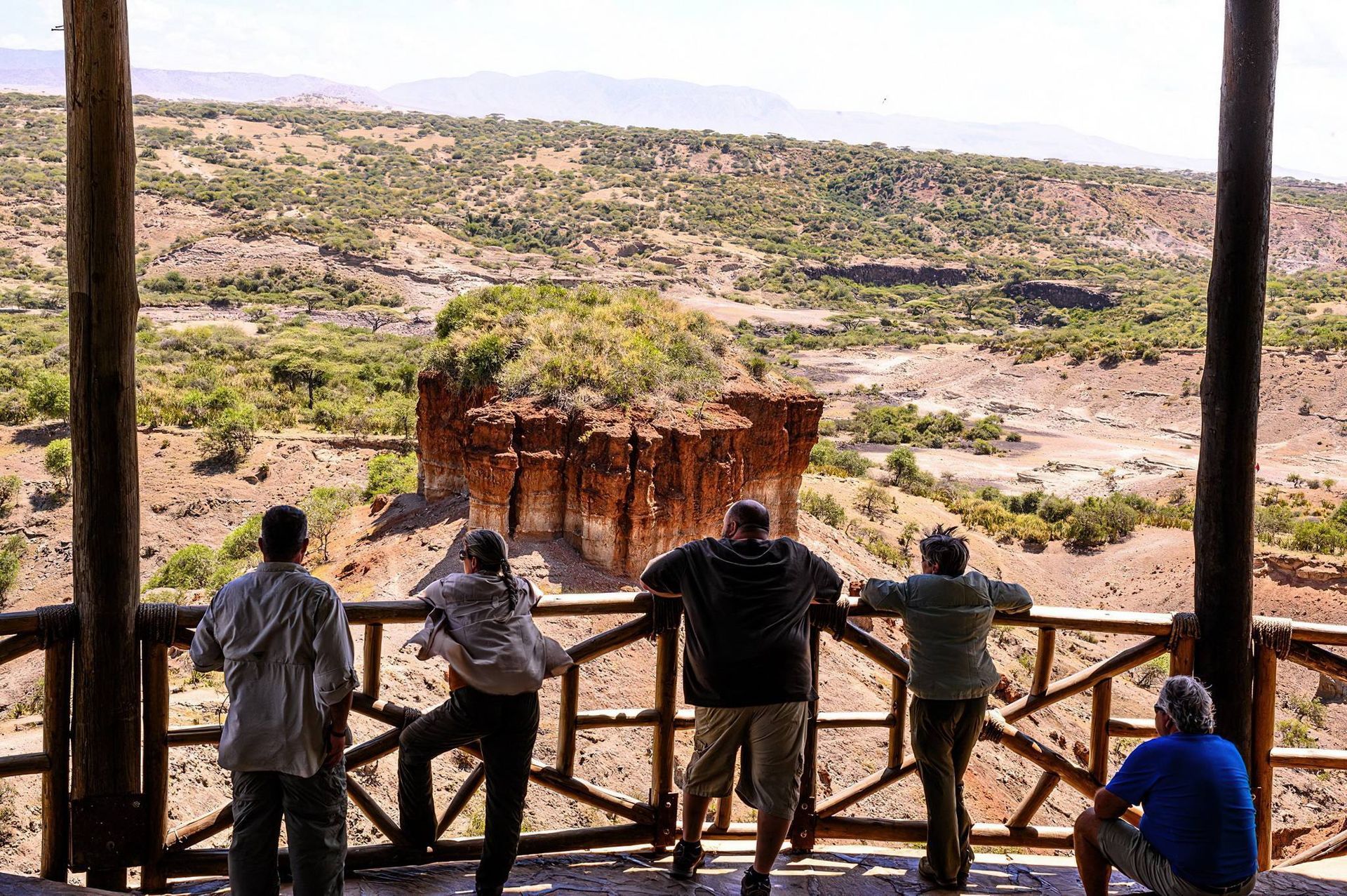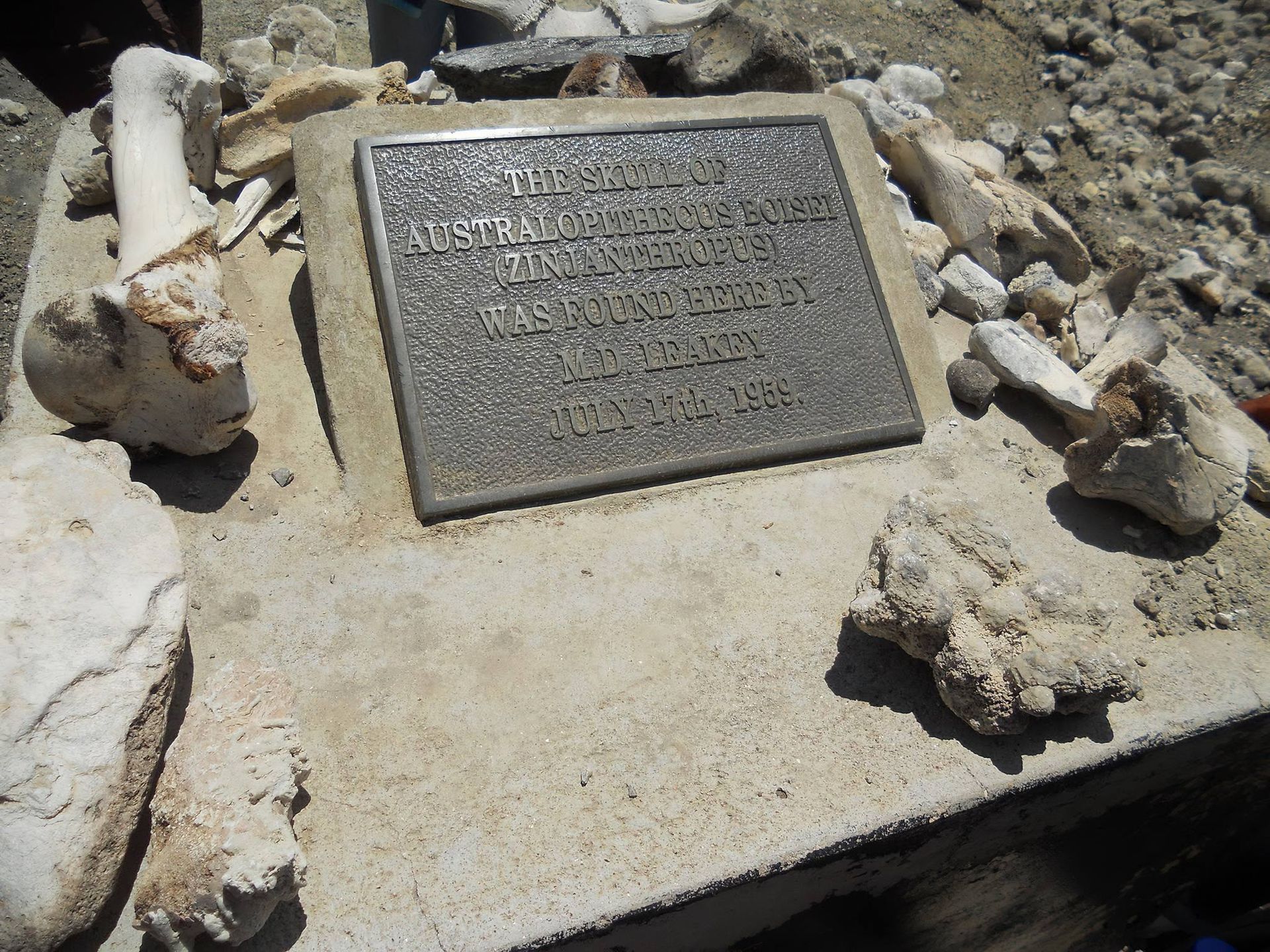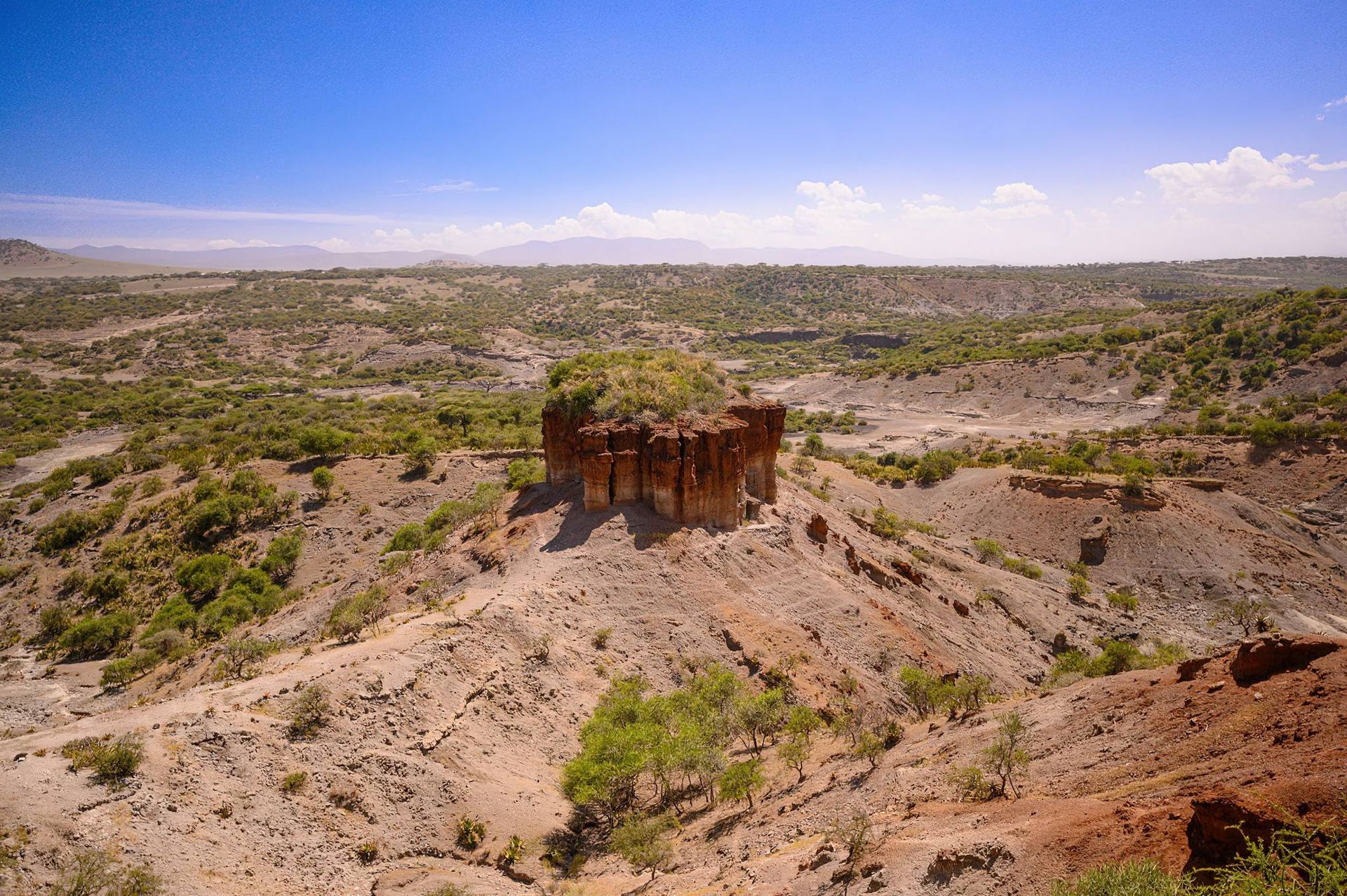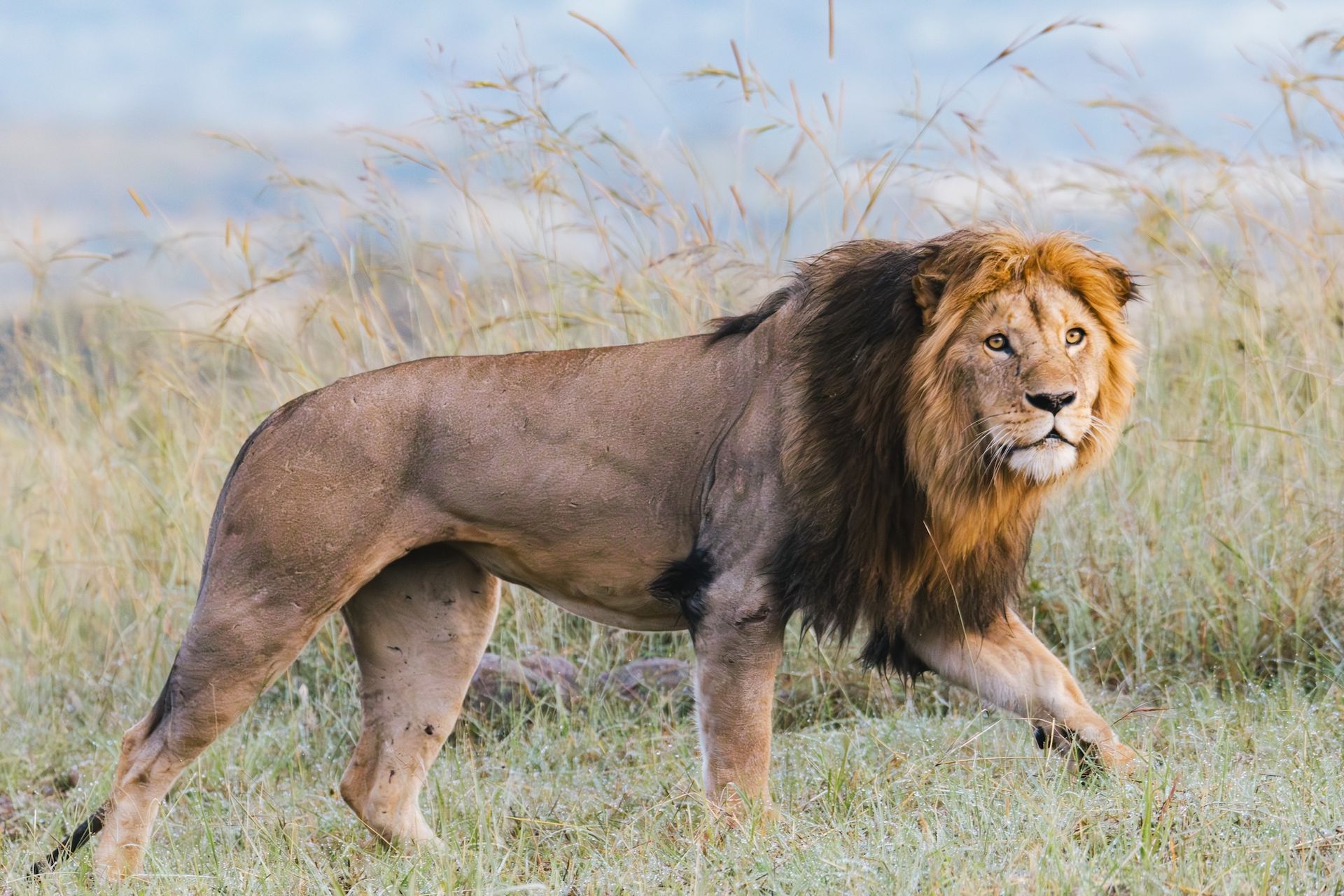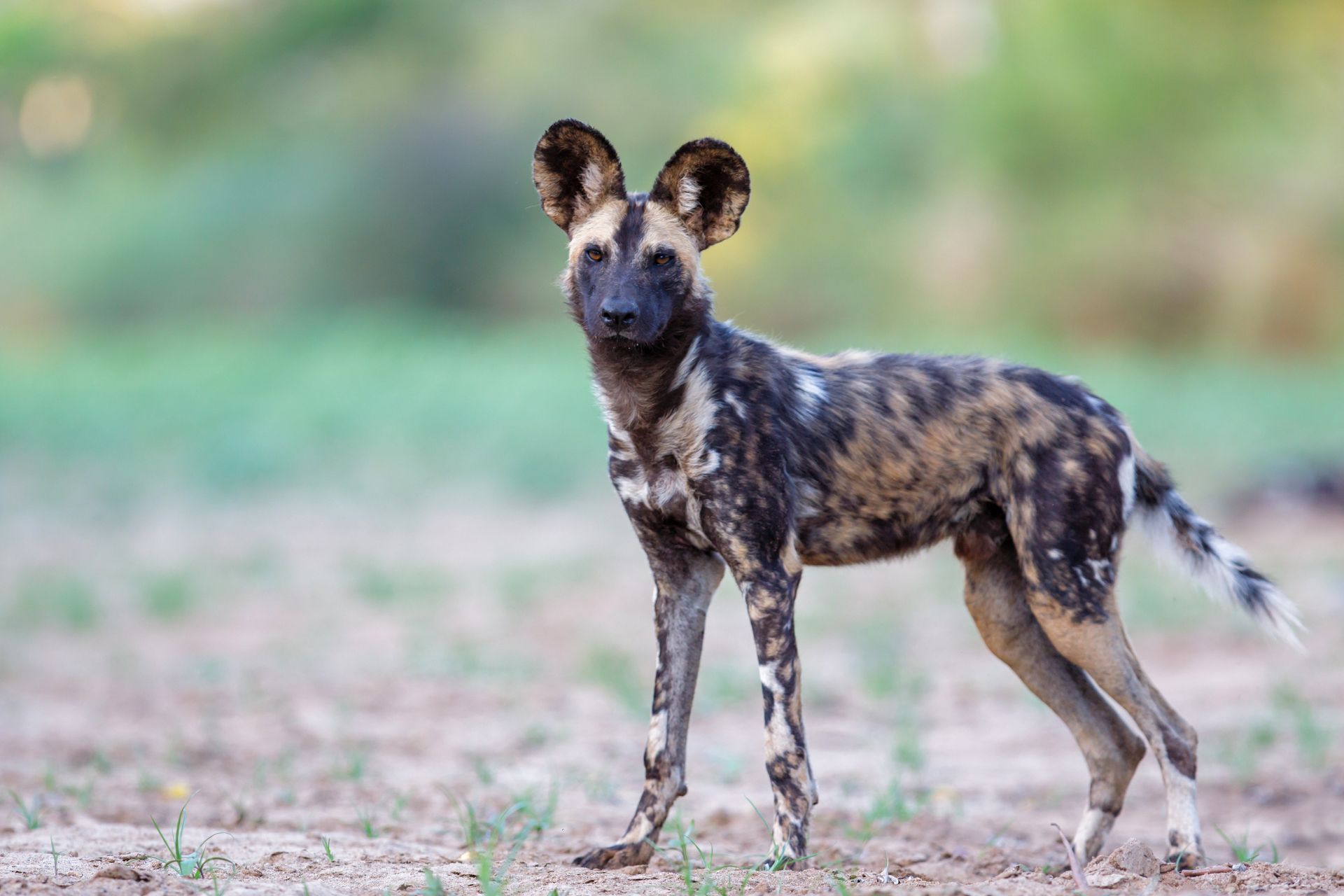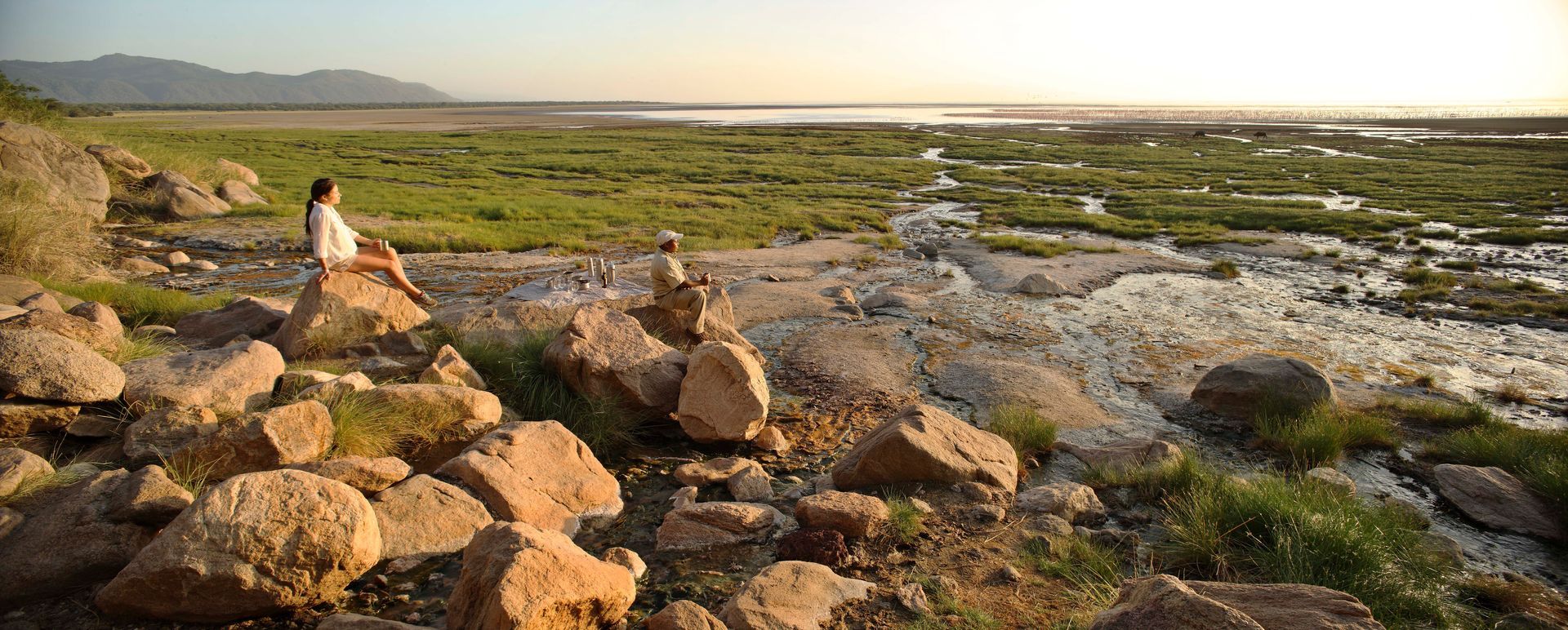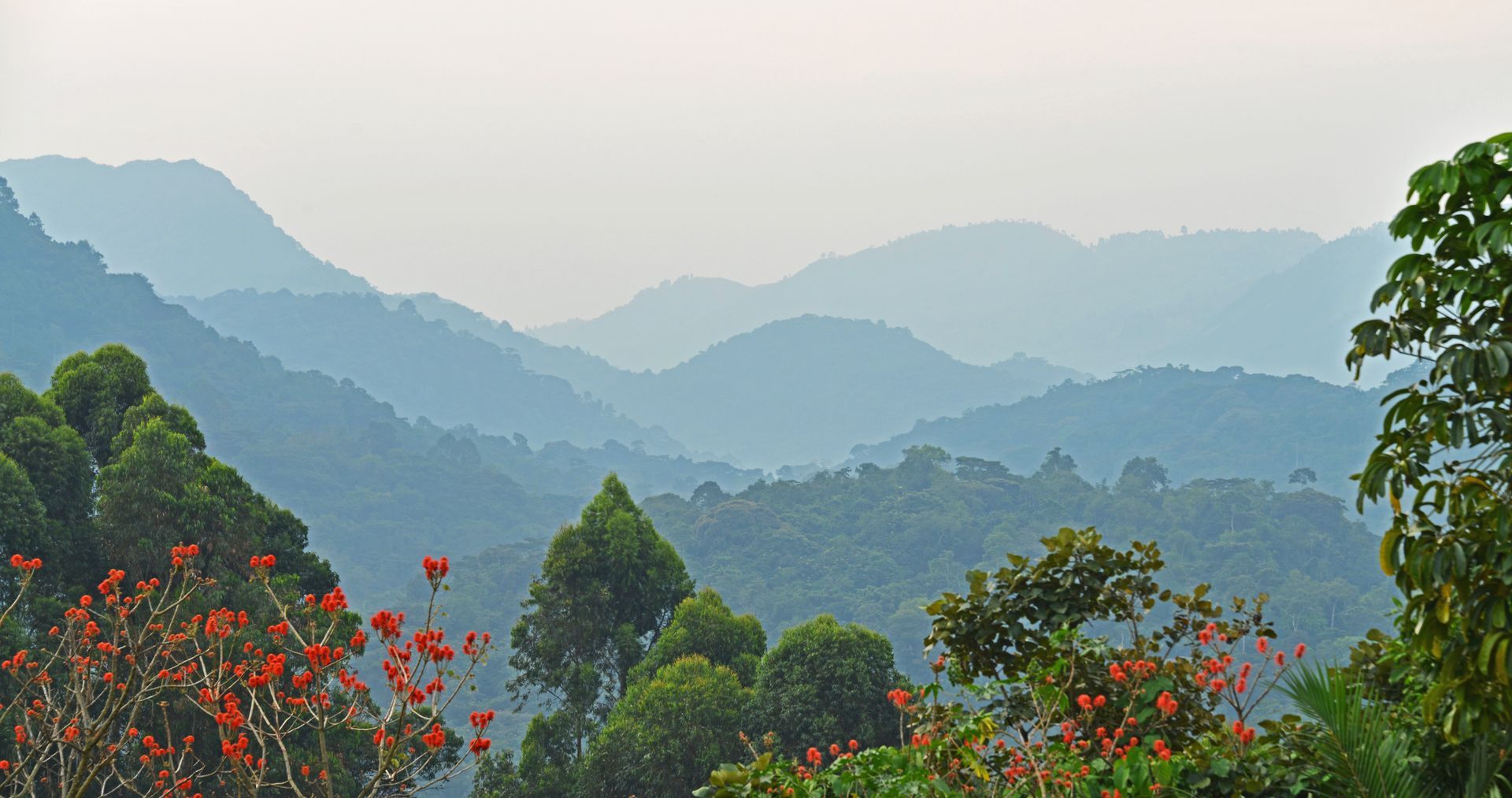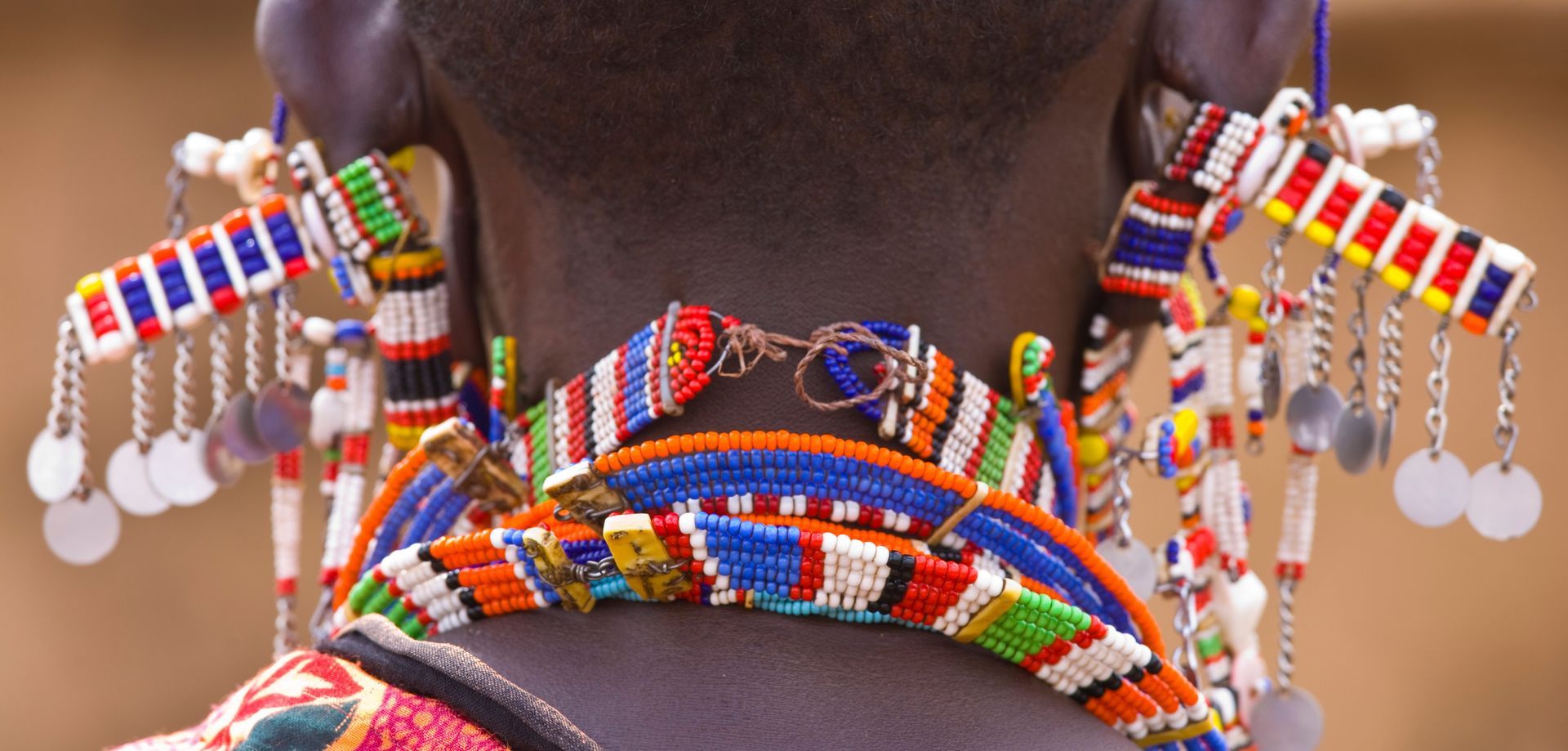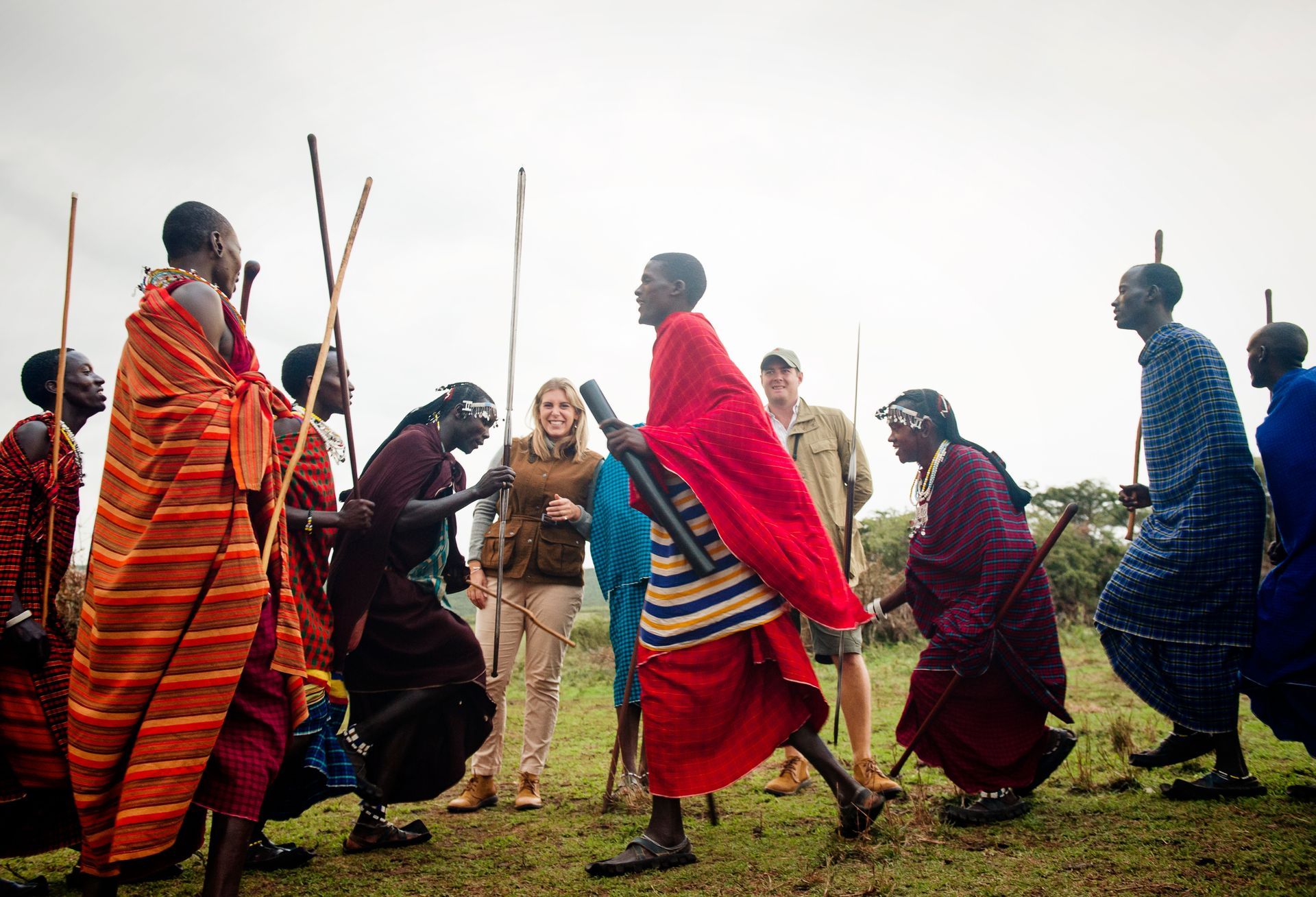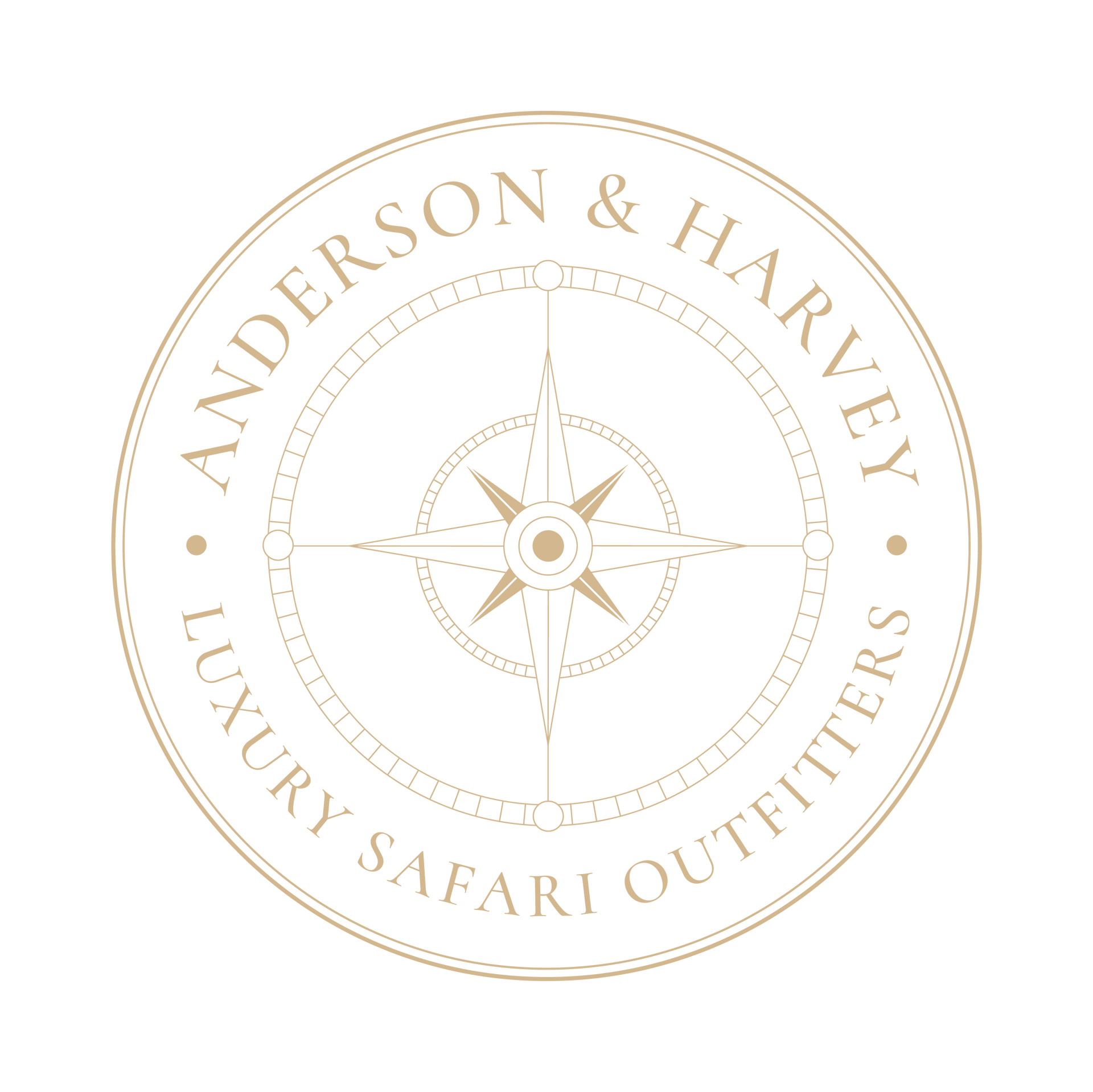Where we began – Tanzania's Cradle of Humankind
Discover our ancestry at mesmerising Olduvai
Long before cities rose and borders were drawn, long before history had a name or language had shape, there was a rift in the Earth in what is now northern Tanzania. A quiet seam in the landscape, cradled between the Ngorongoro Highlands and the Serengeti Plains. This is Olduvai Gorge - one of the most important palaeoanthropological sites on the planet and, quite literally, the ground beneath our collective feet. It’s here that some of the earliest evidence of humankind has been unearthed. Bones, tools, and ancient footprints tell the story of our first steps - not metaphorically, but literally. If Africa is the birthplace of humanity, Olduvai is the delivery room.
It’s a place of staggering historical weight, but it doesn’t shout. The landscape itself is modest - gentle ridges, red rock, thorn scrub. You wouldn’t guess, just by looking, that the secrets of millions of years lie beneath the dust. But when you begin to walk, and listen, and dig a little deeper, it becomes clear: this is not just another stop on safari. This is a site of origin.
For more than a century palaeontologists have been piecing together a timeline that stretches back nearly 2-million years. Here you’ll find the evidence of early Homo habilis, Homo erectus, and the famed Zinj skull - Australopithecus boisei - discovered by Mary Leakey in 1959, which changed the story of human evolution forever.
And then there are the footprints at nearby Laetoli, preserved in volcanic ash for over 3,6-million years - the oldest known hominin footprints ever discovered. They walk in a straight line, left-right-left, evidence not just of upright walking, but of a life lived in family groups, a social bond, a journey. There is something breathtakingly human in these traces. They narrow the vastness of history into a few quiet steps. These were not creatures of myth or abstraction. These were people. And they walked here.
Visiting Olduvai Gorge is not a polished museum experience. It’s raw, real, and elemental. You stand on the rim of the gorge with the wind tugging at your sleeves, looking down into a place where time collapses. The Olduvai Gorge Museum, small but immensely informative, gives context to the finds and their global significance, and local guides - often descended from the communities that have called this area home for centuries - offer a grounding perspective. They remind visitors that this isn’t a story owned by the West or by science alone. It’s a story that belongs to Africa, and to the world.
For those on safari through the Serengeti or Ngorongoro Conservation Area, Olduvai is more than just a detour. It is an anchoring point. Amid the grandeur of migrating wildebeest and lion prides in golden grass, it can be easy to think of safari as spectacle. But Olduvai offers something deeper. It ties the wild beauty of Tanzania not only to the present but to the deepest past. It asks travellers to consider not just where they are, but where they come from. To look out over the land and understand - this is where we began.
And somehow, in the context of Africa’s most famous safari landscapes, that knowledge adds another layer of wonder. You begin to see the land not only as home to wildlife but as home, full stop. Everything feels closer: the dust on your boots, the bones beneath the earth, the fire that might have been kindled here a million years ago. This is not history preserved under glass. It’s living, breathing legacy.
In a world that moves too fast and forgets too easily, Olduvai Gorge is a kind of sacred pause. It reminds us that the story of humanity didn’t start in a lab or a library - it started with stone tools and ancient footsteps, in the red earth of Tanzania. And it’s still being written. For those who make the journey, it’s not just another highlight. It’s a homecoming.
Talk to us about including Olduvai in your next East African itinerary.
